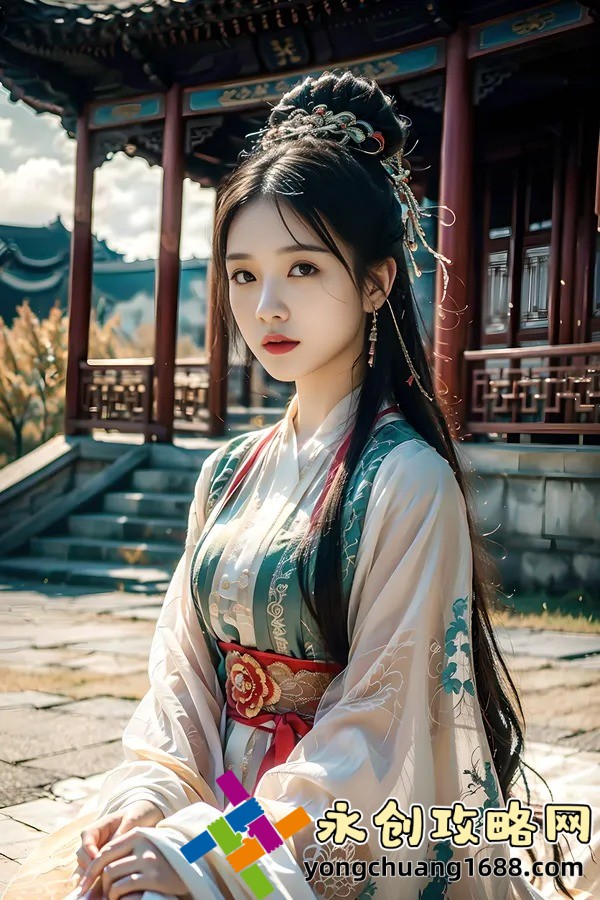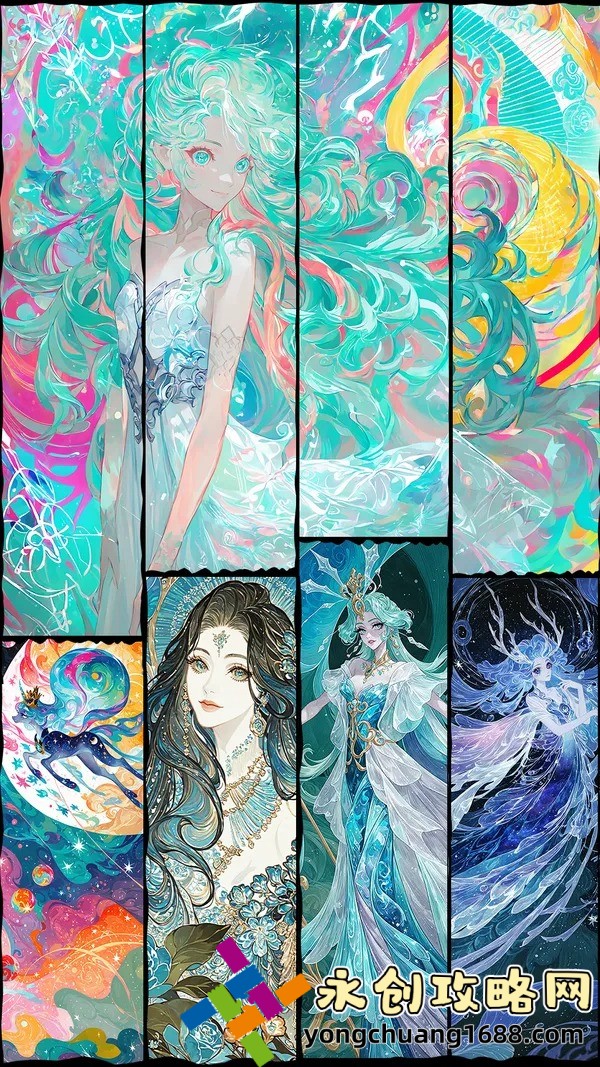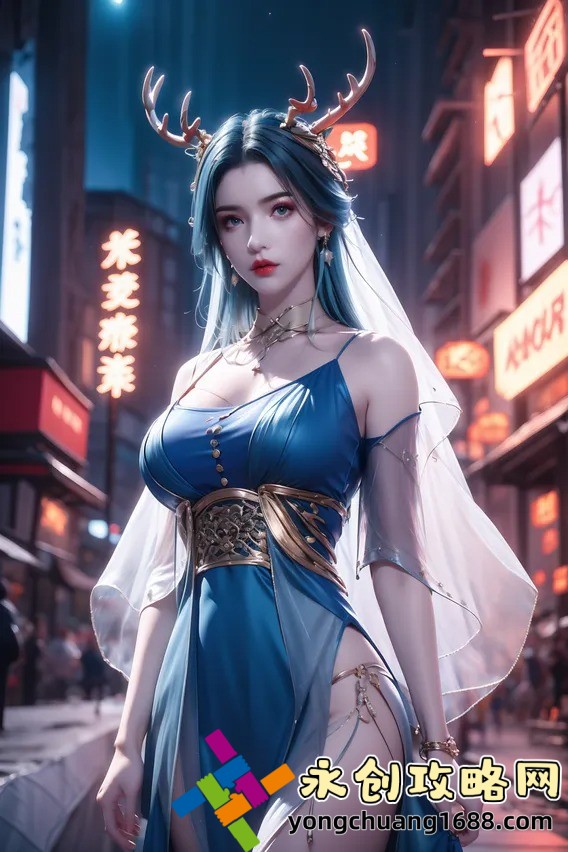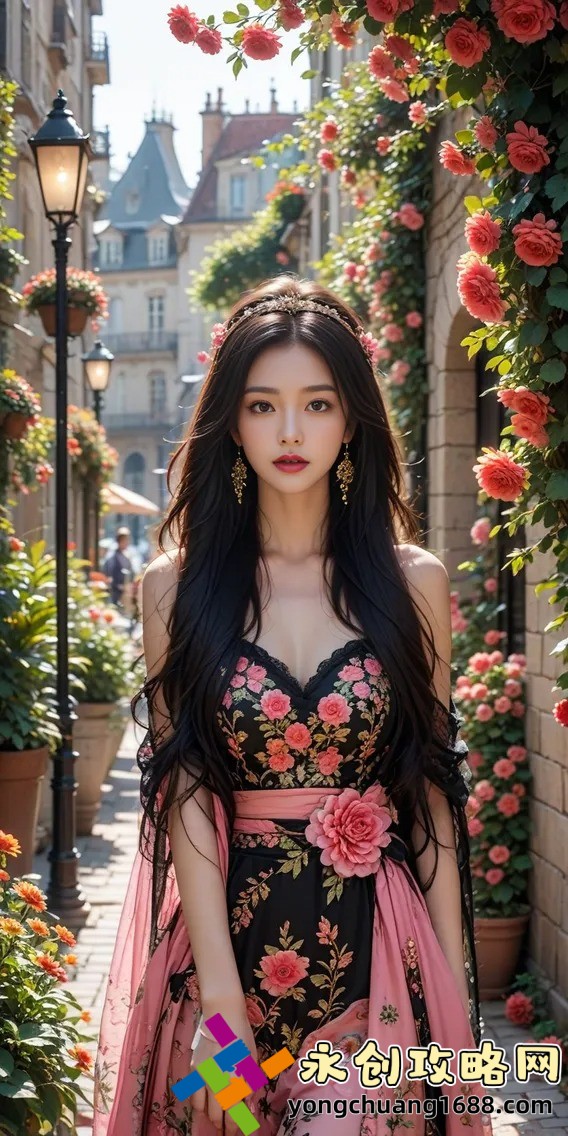Jazz Hip-Hop, a genre that seamlessly blends the improvisational spirit of jazz with the rhythmic beats of hip-hop, has become a cultural phenomenon. This article delves into the origins, evolution, and impact of Jazz Hip-Hop, exploring how it has redefined musical boundaries and influenced artists worldwide. From its roots in the 1990s to its modern-day iterations, Jazz Hip-Hop continues to captivate audiences with its unique fusion of styles, offering a fresh perspective on both jazz and hip-hop traditions.

Jazz Hip-Hop, often stylized as "Jazzhop," emerged in the late 1980s and early 1990s as a subgenre of hip-hop that incorporated elements of jazz. This fusion was not entirely unexpected, given the shared African-American roots of both genres. Jazz, with its improvisational nature and complex harmonies, provided a rich palette for hip-hop producers to sample and reinterpret. The result was a sound that was both nostalgic and innovative, bridging the gap between the old and the new.
The origins of Jazz Hip-Hop can be traced back to artists like Gang Starr, A Tribe Called Quest, and De La Soul, who were among the first to experiment with jazz samples in their music. These pioneers laid the groundwork for what would become a thriving subgenre. Gang Starr's "Jazz Thing" and A Tribe Called Quest's "The Low End Theory" are often cited as seminal works that helped define the Jazz Hip-Hop sound. These albums showcased how jazz could be seamlessly integrated into hip-hop, creating a sound that was both sophisticated and street-smart.
As the genre evolved, it began to attract a diverse range of artists and producers, each bringing their unique perspective to the table. In Japan, for example, Jazz Hip-Hop took on a life of its own, with artists like Nujabes and DJ Krush creating a distinct sound that blended traditional Japanese instruments with jazz and hip-hop elements. Nujabes, in particular, became a cult figure in the genre, known for his lush, melodic beats and collaborations with artists like Shing02 and Substantial. His work on the soundtrack for the anime series "Samurai Champloo" helped introduce Jazz Hip-Hop to a global audience, cementing its place in the pantheon of modern music.
In the West, Jazz Hip-Hop continued to evolve, with artists like Robert Glasper, Flying Lotus, and Kendrick Lamar pushing the boundaries of the genre. Robert Glasper's "Black Radio" series, for example, is a masterclass in blending jazz, hip-hop, and R&B, featuring collaborations with artists like Erykah Badu, Common, and Lupe Fiasco. Flying Lotus, on the other hand, has taken a more experimental approach, incorporating elements of electronic music and avant-garde jazz into his work. His album "Cosmogramma" is often cited as a landmark in the genre, showcasing the limitless possibilities of Jazz Hip-Hop.
Kendrick Lamar's "To Pimp a Butterfly" is another example of how Jazz Hip-Hop has been used to explore complex social and political themes. The album features contributions from jazz musicians like Kamasi Washington, Thundercat, and Terrace Martin, creating a sound that is both deeply rooted in tradition and boldly forward-thinking. Songs like "Alright" and "King Kunta" have become anthems for a new generation, demonstrating the power of Jazz Hip-Hop to inspire and provoke.
The impact of Jazz Hip-Hop extends beyond the music itself, influencing fashion, art, and culture. The genre's emphasis on creativity and individuality has resonated with a wide audience, inspiring a new wave of artists and creators. In fashion, for example, Jazz Hip-Hop has been associated with a laid-back, streetwear aesthetic, characterized by oversized hoodies, sneakers, and baseball caps. In art, the genre's visual aesthetic often draws on elements of graffiti, collage, and surrealism, reflecting its roots in urban culture.
As Jazz Hip-Hop continues to evolve, it remains a testament to the power of collaboration and innovation. By bringing together the best of jazz and hip-hop, the genre has created a sound that is both timeless and contemporary, appealing to fans of all ages and backgrounds. Whether you're a jazz purist, a hip-hop head, or simply a lover of good music, Jazz Hip-Hop offers something for everyone, proving that the fusion of genres can lead to truly groundbreaking art.
In conclusion, Jazz Hip-Hop is more than just a genre; it's a cultural movement that has redefined the boundaries of music. From its humble beginnings in the 1990s to its current status as a global phenomenon, Jazz Hip-Hop has proven to be a powerful force for creativity and innovation. As the genre continues to evolve, it will undoubtedly inspire new generations of artists and listeners, ensuring that its legacy lives on for years to come.










